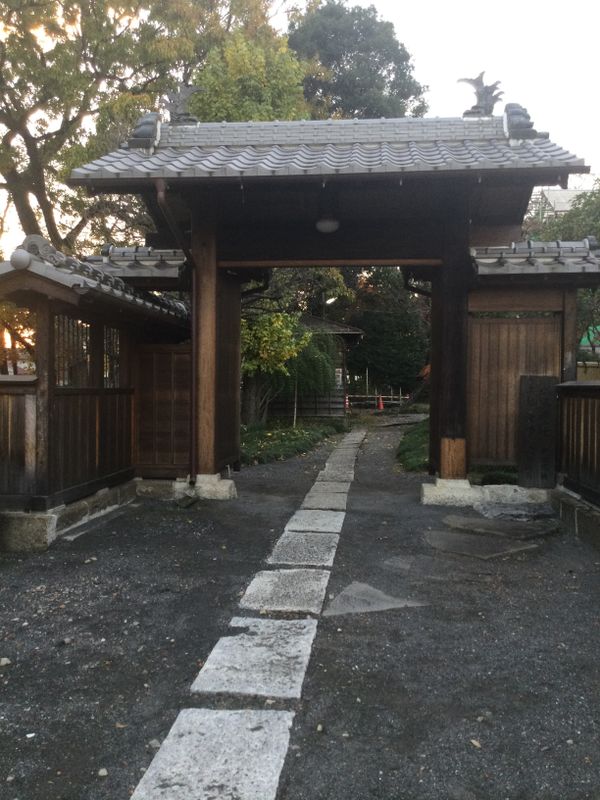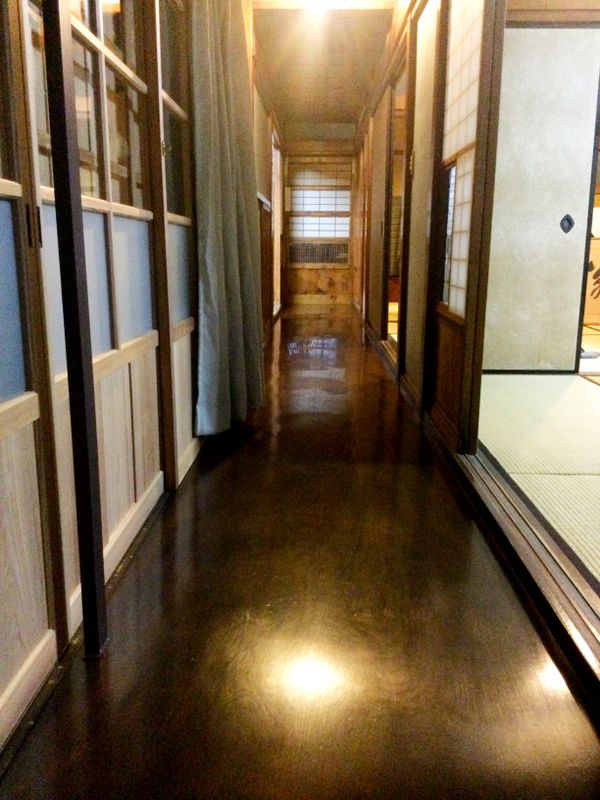Dec 10, 2023
An architectural wonder in Tochigi City
No matter where you are in Japan, there are myriad structurall wonders, modern and ancient, to reflect and wonder at the imagination of architects, gardeners, and visionaries.
The place that got me hooked on viewing historic houses was Garyu Sanso, a sumptuous villa in Ehime Prefecture. It’s a kind of folly with rambling structures overlooking water. The interior has subtle features of light, shade, wood, bamboo, and even a living tree as one of its supporting posts. If your travels take you to Ehime Prefecture, it’s a must-see.
Closer to my home in the Kanto region, there are many Edo to Taisho era houses open to view. One favorite near me is Tojo-tei in Matsudo City, a 武家屋敷 bukeyashiki, samurai house of a Togugawa. It’s got a lovely garden with hybrid Japanese and Western aesthetic senses.
Recently, on a trip to Tochigi City, my visitor from abroad and I were stunned by the carpentry of Okinajima, a cottage attached to the Okada Memorial Hall along the Reishi Kaido, the route the internment of Shogun Tokugawa Ieyasu followed. Before our visit, we weren’t aware of it, as Tochigi City hasn’t gotten a lot of English-language press.

Shachi, protective fish, like those on the eaves of castles
The house, part of a museum, has grand elements - a moat-like canal in front, a bamboo thicket to rival the beauty of famous locations in Japan, and inside, an interior that is made with fine and rare materials.

Imagine the size and age of the trees in Japan's forests...
You’ve got to see this place if only for the floor. A zelkova plank that spans the depth of the house, and the engawa corridors have shorter but no less impressive lengths of this wood flooring. You couldn’t build a house like it today. I wonder if any carpenter could even mill such a huge timber in a modern workshop. Each room has intriguing decorative ranma and millwork. There are many details to look at.

A tokonoma with intricate carpentry in different materials
In 2023, the house is under restoration but you can still enter to appreciate the interior.
Have you found an antique house that isn’t widely promoted in English language tourism information? What makes the house stand out?



0 Comments